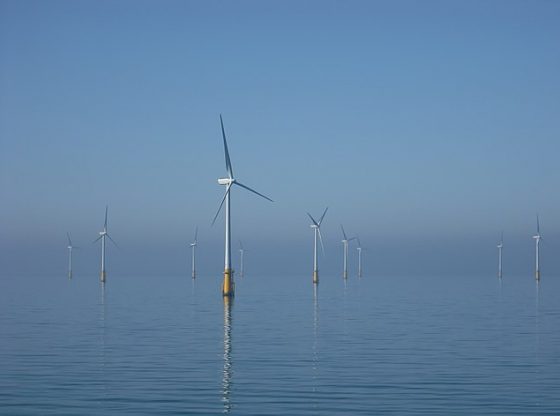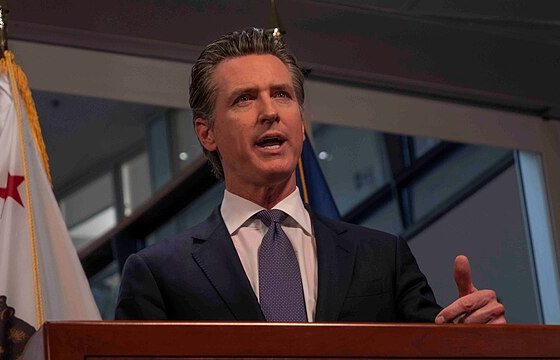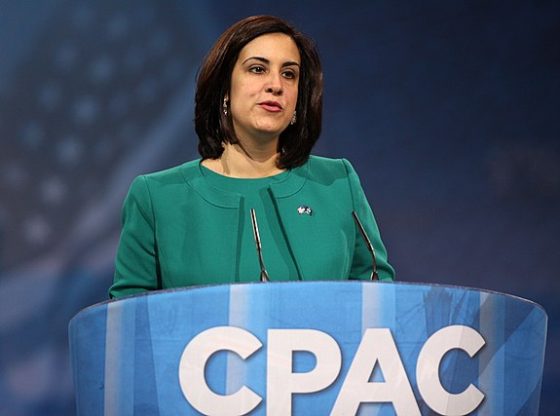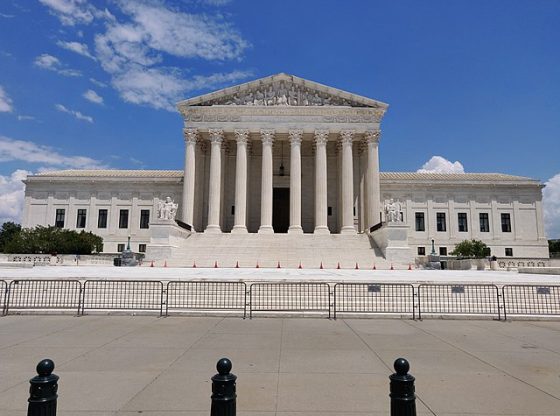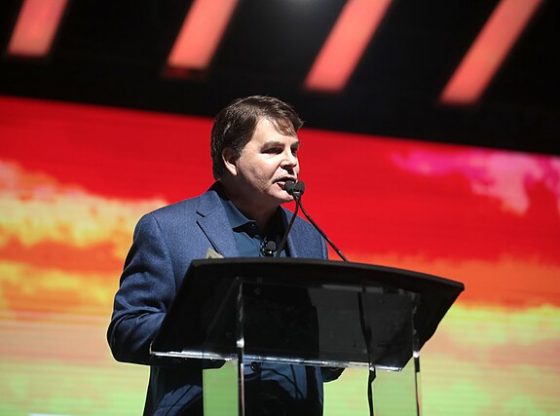One enduring aspect of the flagging globalist attempt to debt-subsidize an energy transition into reality that is too often ignored is that higher costs for energy in all its various forms is a feature — not a glitch — of the overarching plan.
When viewed from the perspective of the authoritarian central planners behind this project, constantly rising energy costs make perfect sense for a variety of reasons:
- Higher prices for power generation and transportation fuels could result in “clean” energy alternatives becoming more competitive in the marketplace.
- Higher energy costs should result in lower energy usage by individuals who can no longer afford to pay the bills.
- Lower energy usage should result in lower carbon and other greenhouse gas emissions, thus enabling the central planners to claim “victory” in the end.
Nowhere has this principle of governments intentionally forcing prices for all forms of energy to rapidly rise as a means of encouraging the unfortunate masses to behave as the social planners prefer been more aggressively enforced than in Germany. That country is paying an enormous economic price now as commercial and industrial power users flee to China and other countries that have not gone quite so overboard on climate alarm mania.
In the United States, the most obvious example comes from California, whose government has seemed to copy most of the horrific errors the Germans have made, resulting in the highest costs for all forms of energy in America. Things have become so burdensome for Golden Staters — who haven’t already fled to Texas or Florida — that even the energy-transition boosters at Bloomberg are starting to take notice. To be fair, while Bloomberg’s news operation is heavily invested in the climate alarm narrative, it does employ several columnists who bring a more balanced approach.
One of those is former Wall Street Journal writer Liam Denning, who published an excellent analysis this week detailing some of the ways the state’s policymakers continue heaping insult upon injury to utility ratepayers. One example he points to is a project by PG&E to bury 10,000 miles of utility lines in Northern California as a wildfire prevention measure.
Denning cites a study by U.C. Berkeley Prof. Meredith Fowlie that finds that the line-burying mandate is contributing to an increase of 16.5% in the average California utility bill this year. “Politically,” Denning comments, “it is easier to bury charges in electricity bills rather than raise taxes,” which would be a more appropriate way to pay for efforts to cut down on wildfires, most of which are caused by arson or natural means, not by overhead power lines. Worse, by piling the costs into customer utility bills rather than funding them via a progressive tax increase applicable across the board, the net result is a regressive form of taxation that hits hardest those who can least afford it.
The thing to understand here, though, is that the tactic of obscuring the real reasons behind the rapidly rising costs for energy in all its forms is critical to the sustainability of the subsidized transition effort. We are constantly told by transition proponents, for example, that wind power is perhaps the lowest-cost form of energy. But those same people will never admit that the billions of dollars in state and federal subsidies poured into the northeast offshore wind sector that has yet to produce any substantial amount of electricity has already resulted in skyrocketing utility bills for citizens and businesses in the impacted states.
If voters were to ever gain a true understanding of how the climate-alarm religion is impacting their cost of living, they would immediately seek to punish the policymakers and regulators behind it all. That is the first thing to understand about all of this.
The second thing to understand is that all the vastly higher costs resulting from these irrational energy policies that you and I might consider to be unacceptable are viewed by the central planners as success stories to be celebrated. Because again, the higher costs are a feature, not a glitch, of the overarching energy transition plans. Once you accept that reality, everything they do makes perfect sense.
Featured Image Credit: Original: Andy Dingley; Edit: Muhammad


